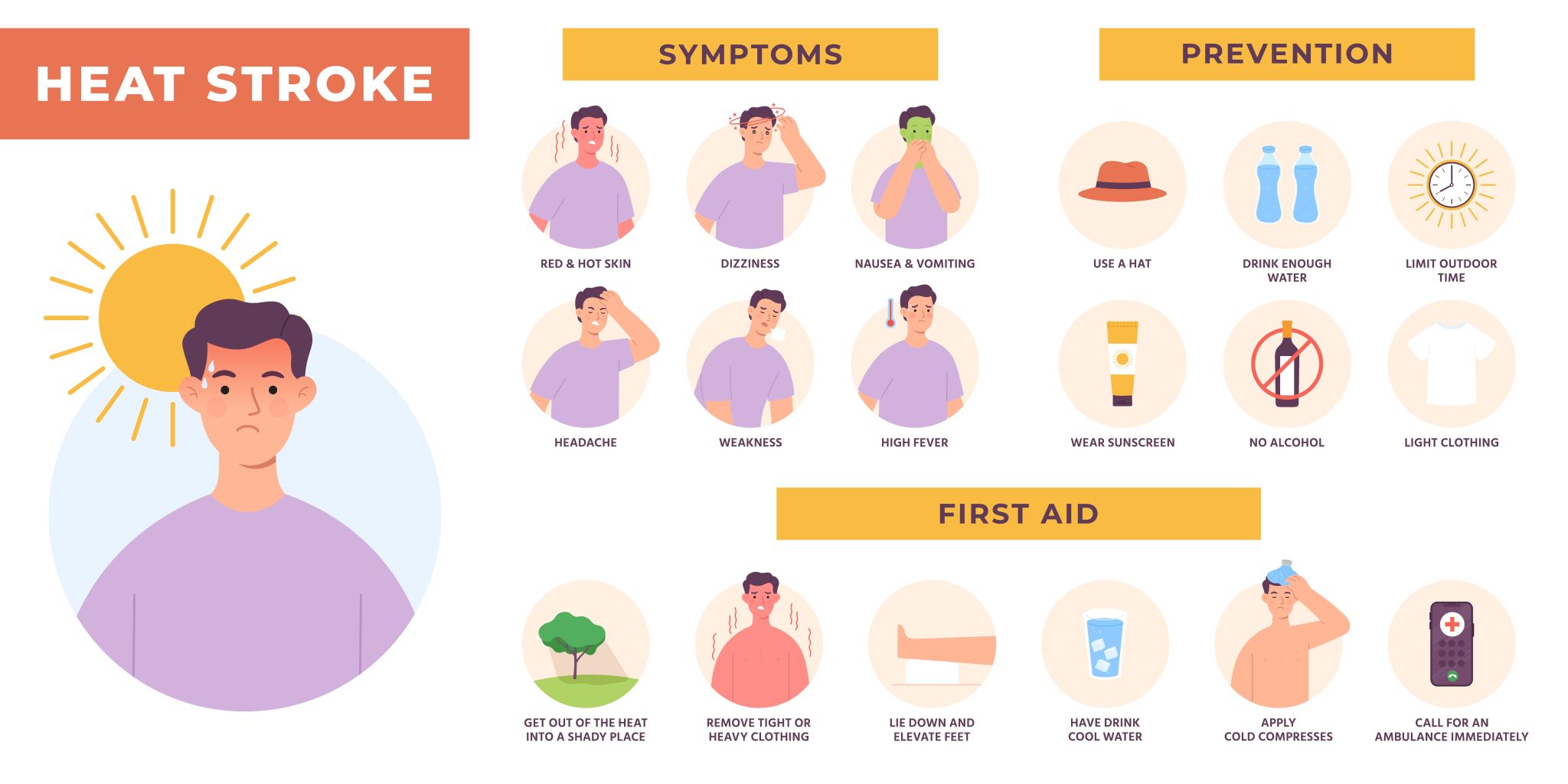Vincent recovered well enough to return to work, the unfortunate traffic collision left a long scar on his right arm but will not cause him any permanent disability. The occupational therapist assured him that eventually, he will probably fully recover if he cares for it well. The orthopedic advised him to be excused for strenuous duties requiring his right arm. It had been 2 months since Vincent came back to work. The company was happy but faced a big challenge; what job position is suitable since Vincent was supposed to avoid strenuous work?
Another colleague, Jason was also returning to work the following week and was away for almost a year. Jason’s world collapsed after his wife passed on suddenly from an acute condition. Jason fell into depression and had suicidal thoughts surrounding him soon after. Luckily a friend at work who was trained as a mental health first aid noticed the change in Jason and intervened early. Following that was a long treatment and recovery period, and Jason was encouraged to return to work. The challenge on to manage the psychosocial risk of Jason’s job position.
In both cases, the company faced difficulties in managing the Return-To-Work (RTW) to find suitable and progressive work for the staff coming back to the workplace after injury or illness. The goal of any RTW program is to return the worker to their pre-injury or pre-illness job where possible if not reassign him/her to another position protecting their employment.
Here are some common challenges that organizations may face when employees return to work after an injury:
- Accommodating physical limitations: Depending on the nature of the injury, an employee may have physical limitations that make it difficult to perform their job duties. Employers may need to provide accommodations such as ergonomic equipment, modified work schedules, or physical therapy to help employees adjust to their physical limitations.
- Adjusting to new workloads: Employees may need to adjust to a different workload or responsibilities upon their return to work. Employers should work with employees to develop a plan that gradually reintroduces them to their job duties and ensures they are not overwhelmed.
- Ensuring safety: Employers must ensure that returning employees are safe and not at risk of further injury. This may involve modifying the workplace or job duties to accommodate the employee’s limitations.
- Managing expectations: It is important for employers to manage expectations for both the returning employee and their colleagues. This may involve educating colleagues on the employee’s limitations and the process of returning to work after an injury.
- Addressing psychological effects: Returning to work after an injury can be emotionally challenging for employees. Employers should be prepared to provide support for employees who may experience anxiety, depression, or other psychological effects as a result of their injury.
To determine a suitable job position for Vincent, his company can conduct a Job Demand Analysis to identify the physical and cognitive demands of various job positions. This will allow them to match Vincent’s physical and cognitive abilities with the requirements of different jobs in the company.
Growing Trend: Job Demands Analysis (JDA)
Job Demands Analysis (JDA) is a process used to identify and describe the demands of a task. A job/task may include physical, cognitive/mental, and psychosocial demands.
The physical demands of a job refer to the physical activities required to perform the job, such as lifting, bending, or standing for extended periods. Physical demand analysis involves identifying the physical tasks and movements required to perform the job, such as lifting, carrying, bending, reaching, and standing, and assessing the level of physical exertion involved.
When analyzing physical demands, the assessor may use various tools and techniques to gather information, such as observation, job analysis, and ergonomic assessments. The result of the analysis is then used to develop a physical demand description of the task.
The cognitive/ Psychological demands refer to the mental activities required to perform the job, such as problem-solving, decision-making, and concentration. Psychosocial demands refer to the interpersonal and emotional aspects of a job, such as interactions with coworkers or customers and the demands of the job on the worker’s emotional well-being. JDA can also include the environmental demands of a task, referring to the physical conditions of the work environment, such as temperature, lighting, and noise levels.
JDA supports the return to work by helping employers to identify suitable job positions for employees who have been absent from work due to an injury, illness, or disability. This involves assessing job positions’ physical, cognitive, and psychosocial demands and matching them to the employee’s functional abilities and limitations.
For example, suppose an employee has a physical limitation. In that case, a JDA can be used to identify job positions that require less physical exertion, such as desk-based work or administrative duties. Alternatively, suppose the employee has a cognitive limitation. In that case, a JDA can be used to identify job positions that require less demanding cognitive tasks, such as simple data entry or customer service.
The JDA process typically involves gathering information through interviews, observations, and job analysis tools to understand the requirements of different job positions. This information is then used to develop a job demand descriptor for various tasks and roles in the organisation.
By using a JDA to support the return to work, employers can ensure that employees are placed in job positions that are appropriate for their current functional abilities, which can help to reduce the risk of further injury or illness. Additionally, a JDA can identify potential job modifications or accommodations that can help employees to perform their job duties safely and effectively.
Summary
Overall, a JDA can provide valuable information to organizations to help them identify and address job demands that may pose a risk to the health and safety of workers and to develop strategies to promote a safe and healthy work environment.
To summarise, here are a few ways in which Job demand analysis supports the return to work:
- Identifying job requirements: The Job demand analysis can identify the various demands of a job, and develop a job demand descriptor, this information can be used to determine what tasks an employee is able to perform and what accommodations or modifications may be needed to allow them to perform the job safely.
- Assessing work restrictions: help to identify any restrictions or limitations an employee may have due to their injury or illness. This information can be used to ensure that the employee is not assigned tasks that exceed their capabilities, which could cause further injury or delay their recovery.
- Developing a modified duty plan: identify tasks that an employee can perform within their limitations. This information can be used to develop a modified duty plan that allows the employee to return to work gradually, performing tasks that are within their capabilities while they continue to recover.
- Reducing the risk of re-injury: By using the results of the JDA to develop a safe and appropriate return-to-work plan, employers can reduce the risk of re-injury and ensure that the employee is able to return to work safely and effectively. This can help to improve the employee’s overall well-being and productivity, while also reducing costs associated with disability and workers’ compensation claims.
By Mr. Zephan Chan
Director at IEH (Institute of Ergonomics and Hygiene) Pte. Ltd.






